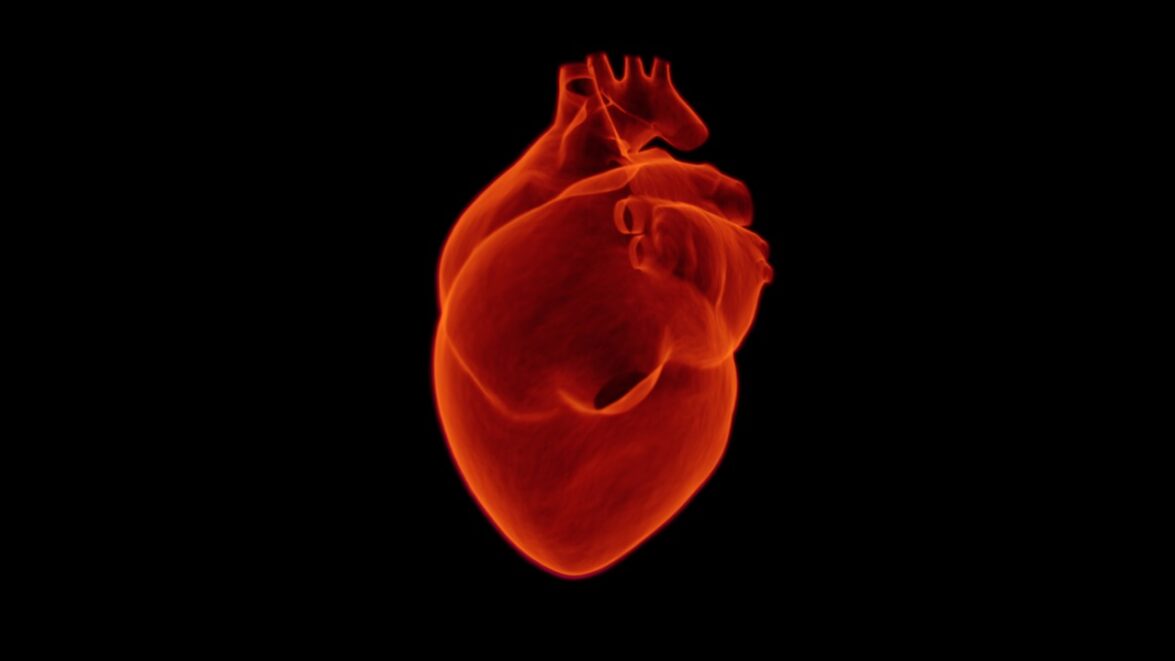
This disease can be one of the symptoms of chronic coronary heart disease, or it can occur on the background of long-term angina pectoris. The main symptoms of myocardial infarction are an acute attack of pain of unusual intensity, which is felt behind the sternum. In those suffering from angina pectoris, such an attack of pain is not relieved by the usual nitroglycerin. Myocardial infarction may be accompanied by both a high blood pressure and a sharp decrease along with a general deterioration of the condition. For example, with low blood pressure, which accompanies myocardial infarction, a person feels weakness, nausea, increased sweating. Emergency care for a heart attack is the most important thing you can do for a person.
The most characteristic symptom of a myocardial infarction is the fear of death, which bothers the person relentlessly.
Be sure to call an ambulance, and it is advisable to meet the car with someone from the patient’s family or relatives, so that the doctors do not look for the right address for a long time.
Emergency care for myocardial infarction
Emergency care for myocardial infarction includes the following steps: the patient should be laid, and given a tablet of nitroglycerin under the tongue to stop the pain attack and an aspirin tablet. Try to relieve pain by giving the patient analgesics. If the patient goes into cardiac arrest (you do not notice breathing, the person is unconscious, there is no pulse or blood pressure), you should give first aid for heart attack immediately – this may help “start” the heart. If this does not help, proceed to immediate indirect heart massage and mouth-to-mouth lung ventilation. Resuscitation measures should not be stopped until the ambulance arrives. Emergency treatment for myocardial infarction, provided quickly and expertly, can save a person’s life.